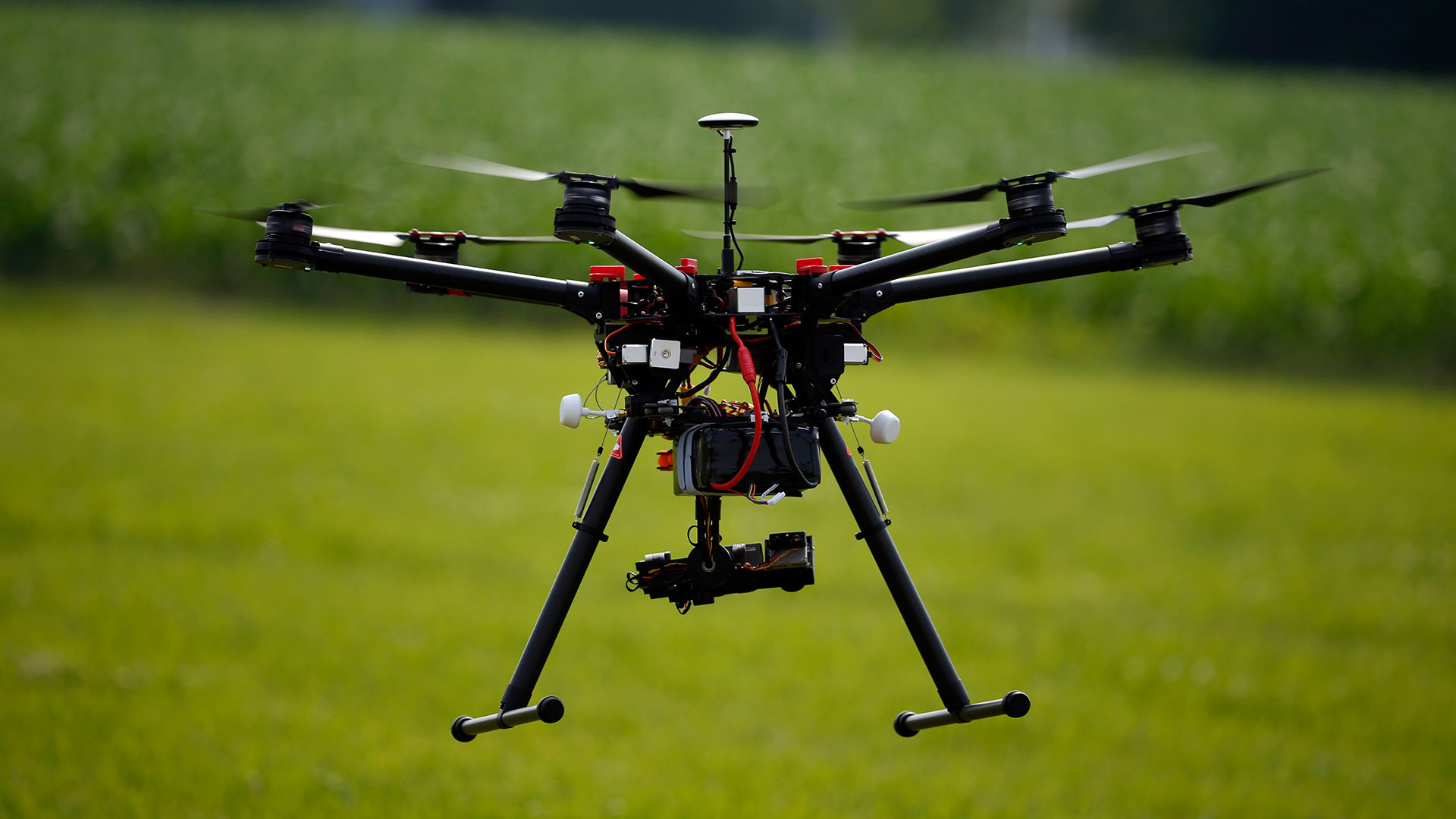

The federal government has just made life easier for commercial drone operators seeking to send their flying robots into the skies in the name of profit. A new set of rules, announced today by the Federal Aviation Administration, greatly simplifies the process for entrepreneurs who want to use drones for business purposes.
Compared to the labyrinthine web of rules and regulations that governed commercial drone use up until now, the new standards, which only apply to drones weighing 55 pounds or less, are as simple as lacing up a pair of Velcro shoes. Drones must either be controlled by someone at least 16 years old who has a piloting certificate for remote-control aircraft, which can be obtained at one of the FAA’s testing centers, or be supervised by someone fitting those criteria. The drones can be used during the day, as well as during twilight hours if equipped with anti-collision lights. UAVs must remain within the operator’s sight lines at all times, remain below 400 feet, and it must be clear who the drone belongs to. (You can read the rules in all their minutiae here, if you so desire.)
The new rules, which take effect in August, mean that commercial operators operating these smaller drones do not need to certify their aircraft in the same manner as conventional planes and helicopters. They will still be responsible for performing simple pre-flight inspections, as the FAA obviously doesn’t want malfunctioning drones raining down from the sky like Kansas farmhouses in Oz. Local and state privacy rules still apply, of course, so anyone considering selling streaming access to a spy cam hovering over the Bryn Mawr rec center pool is still out of luck.
The changes are designed to open up the potentially immense economic possibilities of unmanned drones. According to the FAA, industry estimates suggest today’s simple rule change could lead to 100,000 new jobs over the next decade, and generate more than $80 billion in revenue. And the U.S. government doesn’t plan on stopping with this one simplification.
“We are taking a careful and deliberate approach that balances the need to deploy this new technology with the FAA’s mission to protect public safety,” FAA administrator Michael Huerta said in a statement. “But this is just our first step. We’re already working on additional rules that will expand the range of operations.”
Of course, the regulations only affect commercial drone users, so if you only plan on using your unmanned aerial vehicle to follow your cat around the neighborhood, you don’t need to worry about any of this.